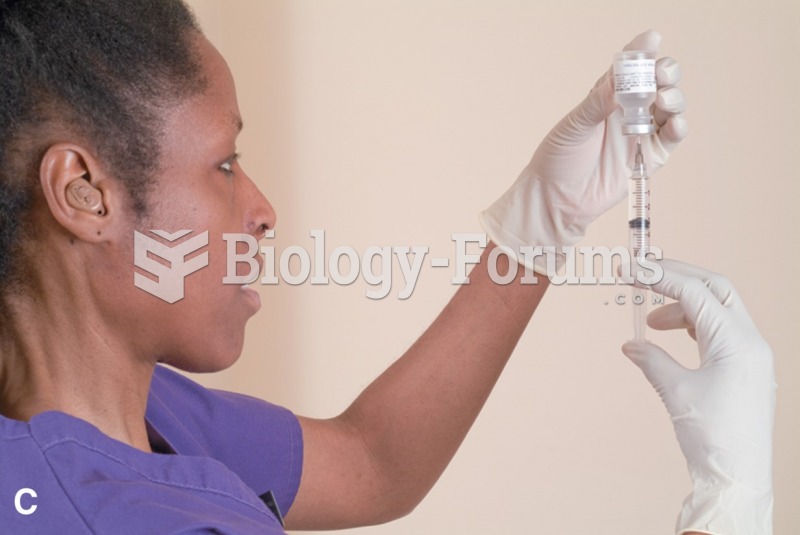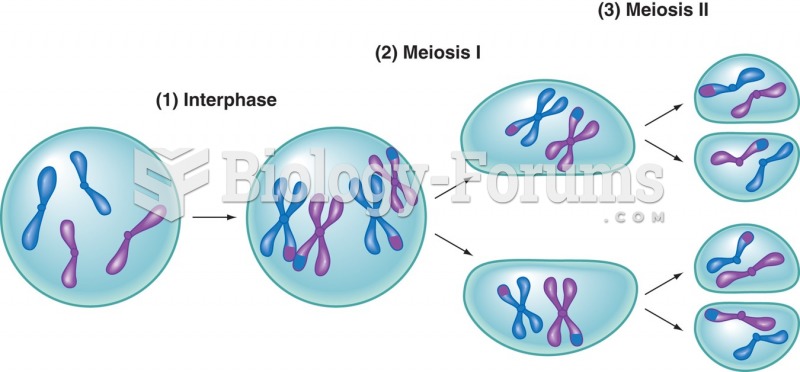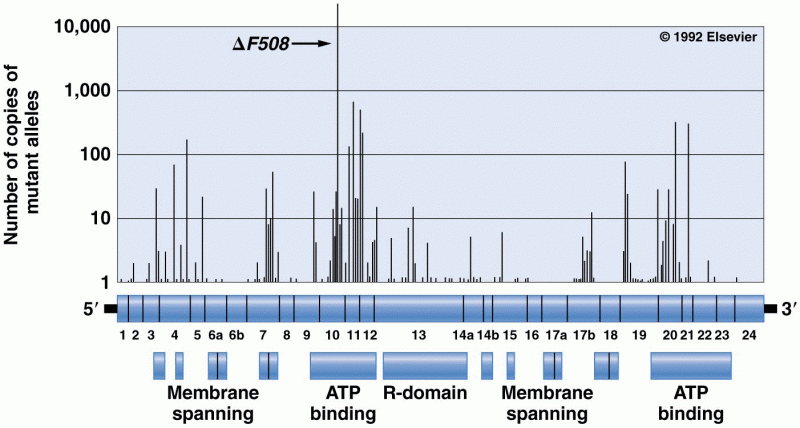Answer to Question 1
A
Answer to Question 2
The three instructional tactics recommended by multicultural education proponents are as follows:
(1) Peer tutoring: One student teaches another; the tutor can be either the same age or older.
The theoretical basis of this technique, especially for children of different ages, is that cognitive disequilibrium results when children of different cognitive levels interact. According to Piaget's theory of cognitive development, the children are then motivated to eliminate the
disequilibrium. Benefits are increased communication skills, increased awareness of others' perspectives, and increased ability to make friends and get along with classmates. A disadvantage may be that unless the tutor has a vested interest in, and takes responsibility for, the progress of the student being tutored, the arrangement may not work.
(2) Cooperative learning: This involves a cooperative approach to completing an assignment among members of a heterogeneous group of students. Although each student is primarily responsible for a particular part of the assignment, group members are expected to help one another master their part. The motivation to help other group members is that the group's effort cannot be considered a success unless all group members can demonstrate their competence. An advantage to this approach is that all members of the group are rewarded when a task is completed. A disadvantage may be that one member will be uncooperative, placing the rest of the team in jeopardy in terms of completing an assignment or receiving a reward.
(3) Mastery learning: Students work toward the mastery of instructional objectives, are given
as much time as necessary to meet those objectives, and are given as many opportunities as they require to pass tests assessing mastery. Advantages are that much though not all of the competition is removed from a learning situation. Also, in theory, almost anyone, given
enough time, can master any objective. A disadvantage is that students may take the opportunity to procrastinate, since they know there are multiple opportunities to succeed.






